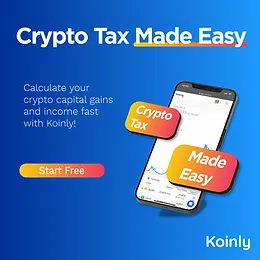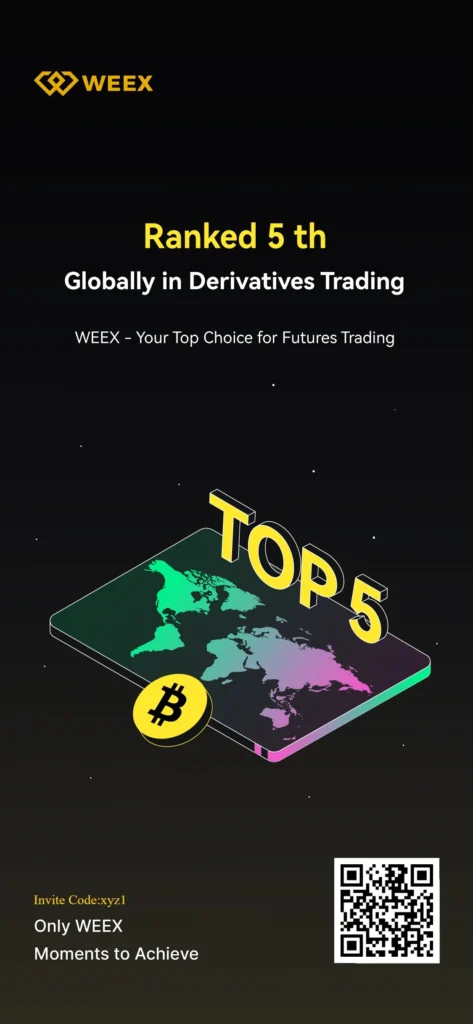

The gaming world is undergoing a revolution, thanks to the rise of Web3 technology. At the forefront of this change is the shift from Play-to-Earn (P2E) games, where players earn rewards through gameplay, to Play-and-Own (P&O) models, which focus on ownership and long-term value.
This evolution isn’t just about new buzzwords; it’s a fundamental rethinking of how gamers interact with virtual worlds, turning them into co-creators and stakeholders rather than mere participants. Let’s dive into this exciting transformation and how it’s reshaping the future of gaming.
The Rise of Play-to-Earn (P2E): A Quick Recap
Play-to-Earn gaming took the world by storm with blockchain-based titles like Axie Infinity and Splinterlands leading the charge. In these games, players earn cryptocurrency or NFTs as rewards for their in-game achievements, which can be traded for real-world value.
The promise of P2E was clear: play games and earn money. For many, especially in developing countries, it opened up new income streams. However, P2E faced significant challenges:
- Economic Instability: Many P2E economies became unsustainable due to inflation of rewards and a lack of new players.
- Focus on Profit Over Fun: Players often prioritized earning over enjoying the game, leading to a decline in community engagement.
- High Barriers to Entry: Games like Axie Infinity required upfront investments, limiting accessibility.
Enter Play-and-Own (P&O): A Paradigm Shift
The Play-and-Own model emerged as a response to these challenges. Instead of focusing solely on earning, P&O emphasizes true ownership of in-game assets, giving players the freedom to buy, sell, trade, or even use these assets across different games.
Here’s what sets Play-and-Own apart:
1. True Ownership of Assets
In traditional gaming, players spend money on items or skins that are locked within the game’s ecosystem. With P&O, these assets exist as NFTs on the blockchain, meaning players genuinely own them.
For instance, owning a rare sword in one game could allow you to use it in another, or even sell it in an open marketplace.
2. A Focus on Fun and Longevity
P&O games prioritize enjoyable gameplay over financial rewards. Developers are designing games with engaging stories, immersive worlds, and fun mechanics, ensuring players stick around for the experience, not just the profit.
3. Sustainable Economies
P&O models aim to create more balanced in-game economies. By limiting the inflation of rewards and focusing on asset utility, these games ensure long-term value for players and developers alike.
Why Play-and-Own Matters for Gamers
Empowerment Through Ownership
Gamers now have real power in virtual worlds. Imagine owning a piece of land in a game like The Sandbox, which could be leased out, developed, or sold at your discretion.
Cross-Game Interoperability
P&O games are paving the way for a more connected metaverse. Assets you own in one game could be transferred or used in another, creating a seamless gaming ecosystem.
Community-Driven Growth
Play-and-Own encourages players to become part of the game’s development and growth. As stakeholders, players can vote on game updates, propose changes, and contribute to the ecosystem.
Examples of Play-and-Own in Action
- Illuvium: A decentralized RPG where players capture creatures (NFTs) and trade them.
- Guild of Guardians: A mobile RPG that combines enjoyable gameplay with true asset ownership.
- Star Atlas: A space exploration game with NFTs that represent spaceships, land, and other in-game assets.
These games represent the future of gaming, where ownership, fun, and community coexist.
Challenges Ahead for Play-and-Own Models
While P&O is promising, it’s not without hurdles:
- Education and Adoption: Many players are still unfamiliar with blockchain or wary of its complexities.
- Regulation and Security: Ensuring fair practices and protecting assets from hacks is critical.
- Development Costs: Building high-quality P&O games requires significant investment in both technology and design.
Despite these challenges, the shift from Play-to-Earn to Play-and-Own is gaining momentum, driven by a growing community of players and developers.
Conclusion: From Earners to Owners
The evolution of Web3 gaming marks an exciting era for gamers. The transition from Play-to-Earn to Play-and-Own reflects a deeper understanding of what players want—ownership, creativity, and fun.
As blockchain technology continues to mature, the Play-and-Own model could redefine gaming, making it more inclusive, engaging, and rewarding. Whether you’re a casual gamer or a die-hard enthusiast, the future is bright—and it’s yours to own.
FAQs About Play-and-Own Gaming
1. What is the Play-and-Own model in Web3 gaming?
The Play-and-Own model allows players to truly own in-game assets as NFTs, giving them the freedom to trade, sell, or use these assets across games.
2. How is Play-and-Own different from Play-to-Earn?
While Play-to-Earn focuses on generating rewards, Play-and-Own emphasizes asset ownership and enjoyable gameplay. It’s less about making money and more about empowering players.
3. Are Play-and-Own games the future of gaming?
Absolutely! With blockchain enabling true ownership, Play-and-Own models have the potential to revolutionize the gaming industry, offering players more value and freedom.
Welcome to the new era of gaming—one where you don’t just play; you own!



